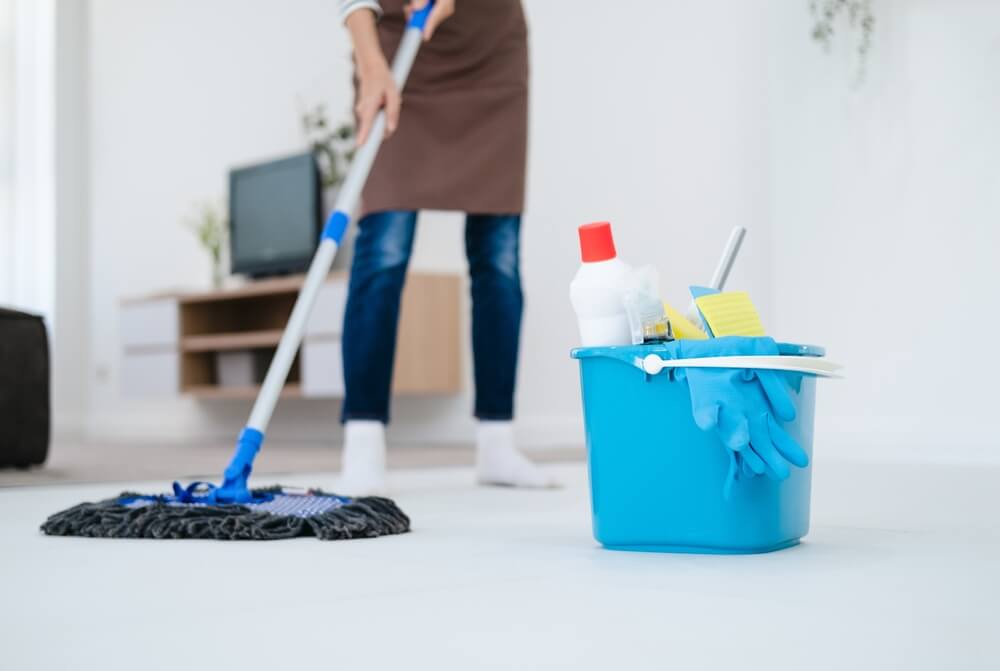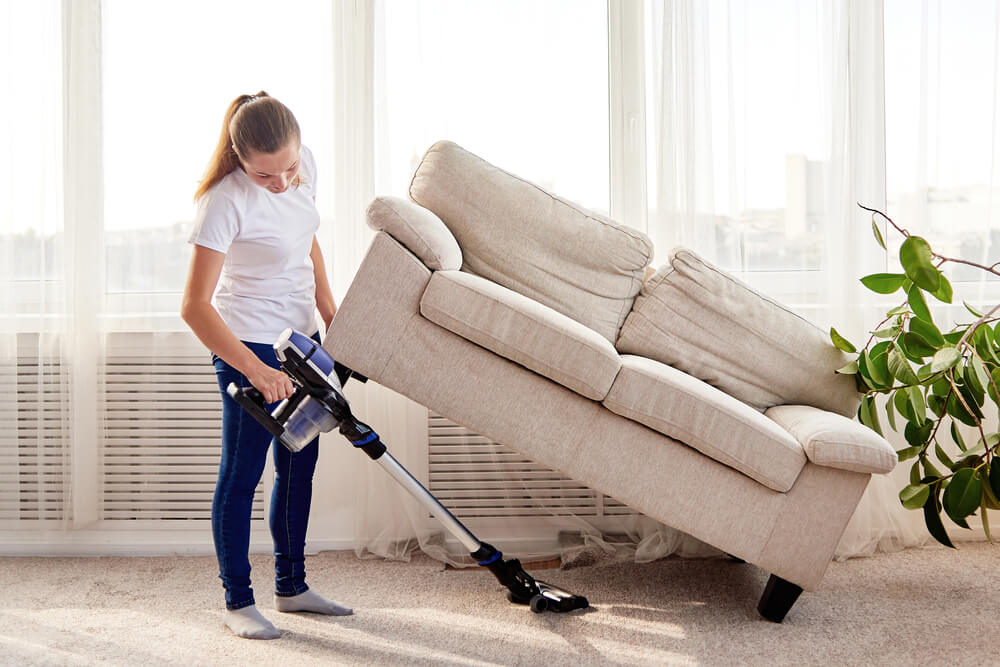
08 Nov Infection Control in the Home: Tips for Keeping Your Living Space Safe
Living in a clean and healthy environment is paramount for the well-being of you and your family. By following some simple tips and guidelines, you can ensure that your living space is safe and free from infections. In this comprehensive guide, we will explore various strategies and tips for keeping your living space safe.
Keeping Your Living Space Safe
One of the most effective ways to prevent the spread of germs and infections is by regularly cleaning and disinfecting frequently touched surfaces in your home. Establish a cleaning schedule based on the level of contamination and the location of the surfaces. It is recommended to clean more often when there are sick family members present.
To effectively have infection control in the home, follow these steps:
Choose the Right Cleaning Agents
Use suitable cleaning agents for different surfaces in your home. Read the instructions on the product labels and ensure they are appropriate for the surfaces you are cleaning.
Daily and Weekly Cleaning
Establish a daily and weekly cleaning routine. Daily cleaning should focus on high-touch surfaces such as doorknobs, light switches, and countertops. Weekly cleaning can include other areas like floors, furniture, and appliances.
Disinfection Methods
Use disinfectants to kill germs on surfaces. Disinfectants should be used after cleaning the surfaces. Follow the instructions on the product labels for proper usage and contact time. Contact time is the amount of time the surface must remain wet with the disinfectant for the disinfectant to kill the germs or microorganisms listed on the label.
Prevent Cross-Contamination
Avoid spreading germs by using disposable gloves and changing them between different cleaning tasks. Also, use separate cleaning tools for different areas to prevent cross-contamination.
Avoid Clutter and Promote Cleanliness
Clutter not only creates a disorganized environment but also provides hiding places for dust and dirt, making it difficult to maintain cleanliness. By keeping your living space clutter-free, you can limit areas where germs can collect. Here are some tips to avoid clutter for improved infection control:
Organize Cleaning Supplies
Keep all your cleaning supplies in one designated area. This will make it easier for you to find them when needed. Remember to store cleaning agents away from the reach of children to ensure their safety.
Involve the Whole Family
Keeping a clean home should be a shared responsibility. Assign simple cleaning tasks to each family member, including young children. By educating everyone on infection control, you create a culture of cleanliness and make the process more manageable.
Regular Decluttering
Regularly declutter your living space to eliminate unnecessary items. Donate or discard items that are no longer needed. This not only helps in keeping your home clean but also creates a more organized and peaceful atmosphere.
Emphasize Hand Hygiene
Hand hygiene plays a crucial role in preventing the spread of infections. Regularly washing your hands with soap and water or using alcohol-based hand sanitizers can significantly reduce the risk of contracting and transmitting germs. Follow these hand hygiene practices:
Wash Your Hands Frequently
Wash your hands with soap and water for at least 20 seconds, especially after using the bathroom, before eating, and after coughing or sneezing. Proper hand washing is essential for removing dirt, germs, and viruses.
Use Hand Sanitizers
When soap and water are not readily available, use alcohol-based hand sanitizers with at least 60% alcohol content. Apply a sufficient amount to cover all surfaces of your hands and rub them together until dry.
Encourage Others to Practice Hand Hygiene
Spread awareness about the importance of hand hygiene among your family members and visitors. Encourage them to follow proper handwashing techniques and use hand sanitizers when necessary.
Cover Coughs and Sneezes Properly
Respiratory etiquette is crucial in preventing the spread of infections, especially those transmitted through respiratory droplets. Properly covering your coughs and sneezes can help minimize the risk of spreading germs. Follow these guidelines:
Use Your Arm, Not Your Hands
When coughing or sneezing, cover your mouth and nose with the inside of your elbow or upper arm. This helps to prevent the release of respiratory droplets onto your hands, reducing the risk of contamination.
Dispose of Used Tissues Properly
When available, use tissues when coughing or sneezing and dispose of them in waste containers immediately. Avoid leaving used tissues lying around as they can harbor germs and spread infections.
Wash Your Hands After Coughing or Sneezing
After coughing or sneezing, wash your hands thoroughly with soap and water for at least 20 seconds. Hand hygiene is essential in removing any potential germs that may have been released during the cough or sneeze.
Personal Items and Hygiene Practices
Sharing personal items can increase the risk of transmitting infections. To maintain a healthy living space, it is important to adopt good personal hygiene practices and avoid sharing certain items. Consider the following tips:
Personal Hygiene
Encourage family members to maintain good personal hygiene practices, including regular bathing or showering, brushing teeth, and washing hair. These practices help in reducing the presence of germs on the body.
Avoid Sharing Personal Items
Do not share combs, brushes, towels, toothbrushes, razors, or any other personal items. Sharing these items can lead to the transmission of germs and potentially spread infections.
Cover Open Wounds
If you have any cuts or abrasions on your skin, cover them with a waterproof dressing. This creates a barrier that protects the wound from exposure to germs in the environment.
Infection Control in the Home: Emergencies and Quarantine
Being prepared for emergencies and having a plan in place can help protect your family during outbreaks or times of illness for keeping your living space safe. Consider the following steps:
Stock Up on Essentials
Plan for emergencies by having a two-week supply of essential items, including food, water, and medications. This reduces the need for frequent trips outside the home during times of crisis.
Designate a Quarantine Area
If someone in your household becomes sick or has been in contact with an ill person, designate a specific room or bathroom for their use. This helps in isolating the individual and minimizing the risk of spreading the infection to other family members.
Protecting Vulnerable Individuals
If you have family members who are at higher risk of severe side effects from infections, such as older adults or those with underlying health conditions, create a protected space for their use. Take extra precautions when interacting with them and ensure proper hand hygiene.
Infection Control in the Home for Healthy Living
By implementing these tips for keeping your living space safe, you can create a safe and healthy living environment for you and your family. Remember, maintaining cleanliness and practicing good hygiene is essential for preventing the spread of infections and ensuring the well-being of everyone in your home. Contact Infection Control Results today if you are a business that needs help practicing infection control protocols in the workplace.


